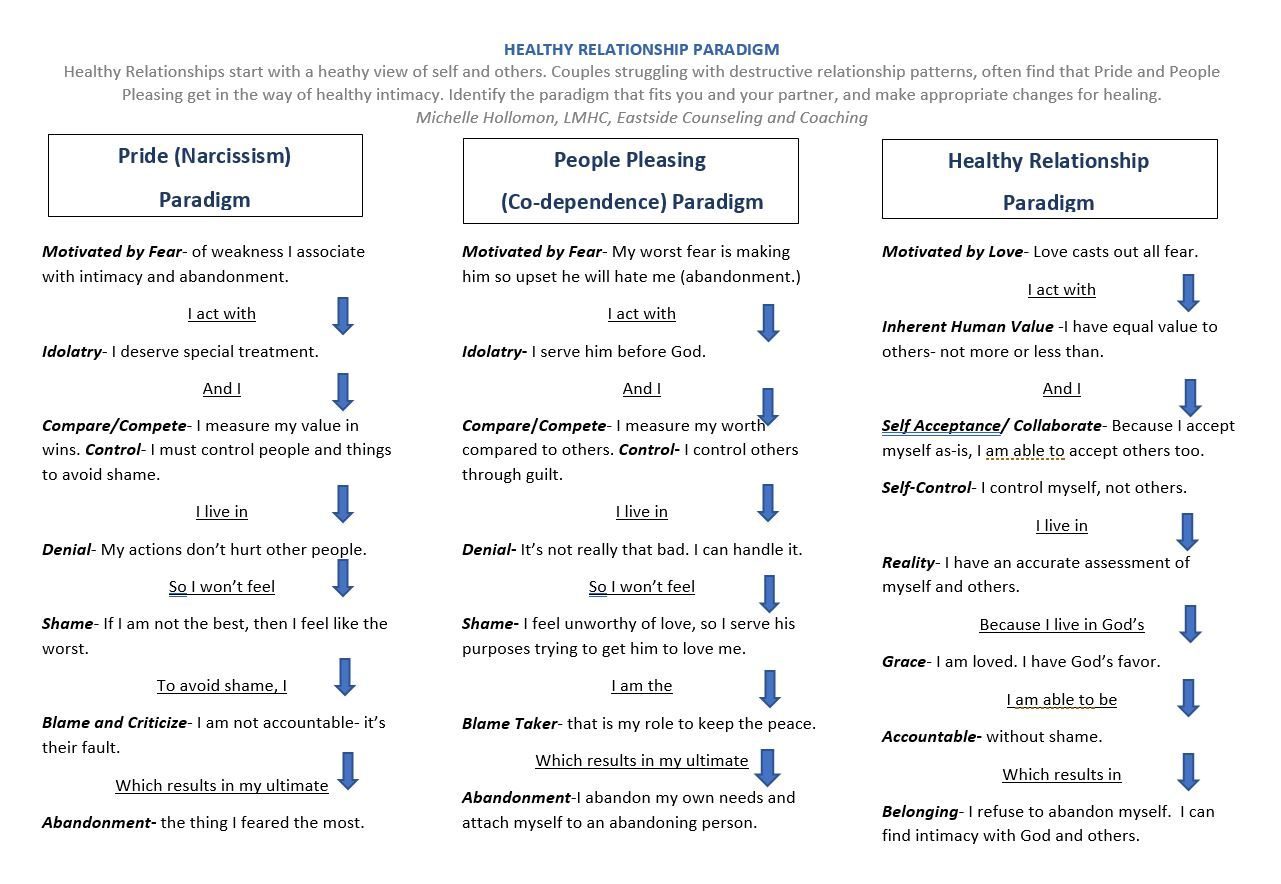We make plans for vacations, for the future, for our career and for our kids. But what about making plans for surviving heart ache? If you find yourself in a season of loss or relationship turmoil, having a survival strategy is key. You may not be able to make the pain go away or the relationship better, but you can figure out how to survive it and get through to a better season.

Last week, I wrote about the Two Key Strategies to Survive Emotional Pain, and today I am breaking down those strategies into practical, doable bites.
Disappointments, break ups and unexpected tragedies can leave you feeling devastated and lost. Everyone goes through challenges and difficulties, but not everyone knows what to do with themselves when difficulty comes. When you experience a season of loss, choosing the right coping strategies makes all the difference.

- Distraction: Distracting your brain from internal psychic pain is a necessary tool during recovery. Some people see distraction as a cop out with temporary results. However, distracting the brain from it’s anxious worry or rehearsal of past events, is actually a very healthy way to deal with trauma, loss and pain. When used as a temporary break from the problem, distraction is a useful tool. Examples of healthy distraction are watching a movie, going to work, reading a book, working on a project, exercise class, etc.
- Contribution: Using your energy to contribute to someone else’s well being is a positive way to cope while experiencing your own distress. Finding ways to help, encourage, care for or give to other people can provide a sense of control, purpose and meaning.
- Prioritize Problems: Choosing one problem to work on at a time is an effective way to address stress from work, relationships, and child raising. Trying to tackle all the problems at once becomes self-defeating. However, selecting one problem at a time helps you get unstuck and in gear.
- Self Sooth: Taking time to sooth yourself throughout the day is not indulgent. In fact, it is smart. People who take a minute three times a day to do something self-soothing are happier, stronger and more effective. This could be any small action like lighting a candle, listening to nice music, taking a walk, breathing in fresh air, petting a dog, holding a baby, taking a shower, rubbing your temples, or using essential oils. Consistent attention to self care makes the body and brain feel better.
- Gratitude: Noticing things that you are thankful for begins an attitude shift from insufficiency to sufficiency. Instead of focusing on the loss, the grief, the hole, or the things you don’t have, focus and give thanks for the things you do have. Practicing gratitude is a form of mindfulness and establishes a mind of peace.
- Mastery: Putting energy into proficiency and competency can help treat grief, loss, trauma and psychic pain. Whether it be practicing tennis, a new language, yoga, or learning to cook, mastery of skills is a way for the brain to focus and be rewarded. It’s harder, but better.
- Pleasure: Experiencing pleasure is a distraction technique used to ward off overwhelming feelings. Pleasure can come from a latte, a visit to a park, an orgasm or a good discount at your favorite store. It is important to give yourself small pleasures, and permission to enjoy that pleasure while you are recovering from difficult times.
- Creativity: Allowing yourself to create something new affects the pleasure centers of the brain. It’s like medicine. Whether it is writing a song, coloring a picture, making an album, planting a garden, or trying a new recipe, creating is good for the soul.

When you are recovering from something hard, devastating or traumatic, it is important to use that recovery time to do things that are helpful and good for you. It may be tempting to fall into negative patterns, (drinking, extra-marital relationships, over spending, etc.) but small helpful choices go a long way in helping you get your life back.
These Survival Strategies are like vitamins, that when taken and practiced over time, can produce remarkable results. There are no quick fixes to psychological pain, heart break or loss. However, there is a pathway through the pain, and there is hope for the journey.











